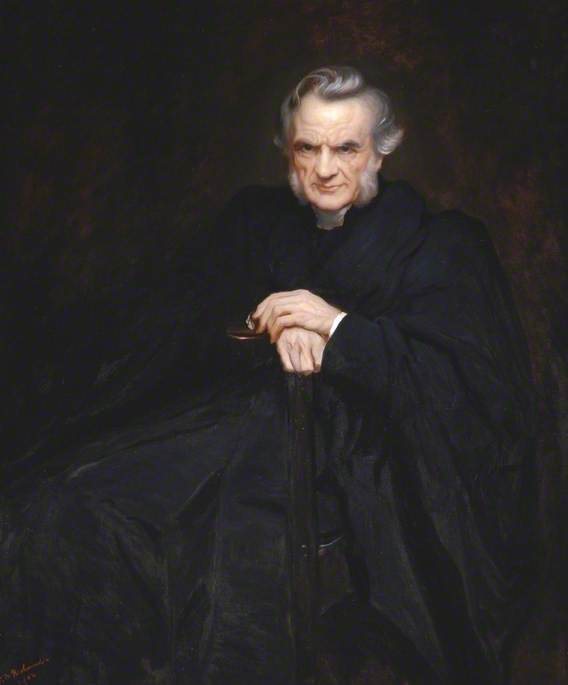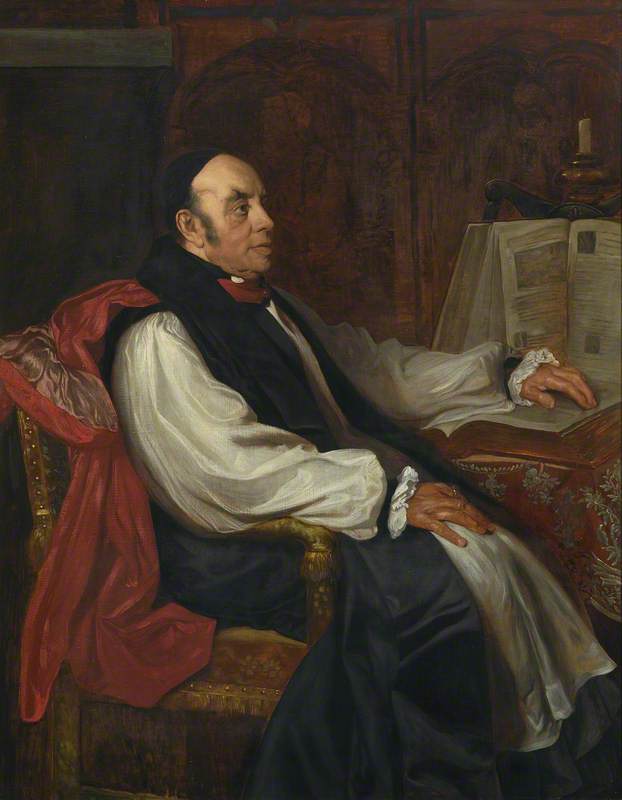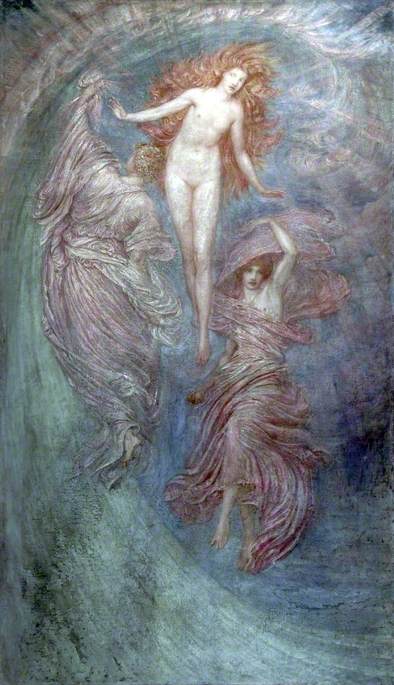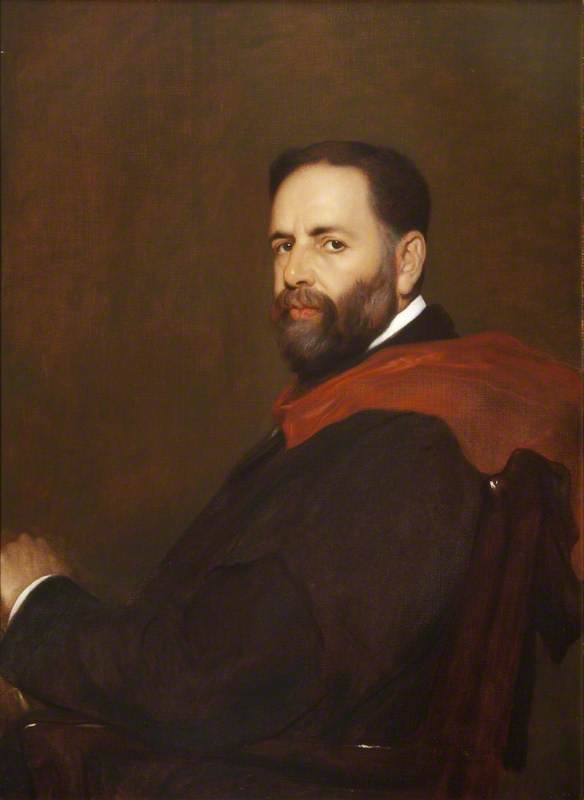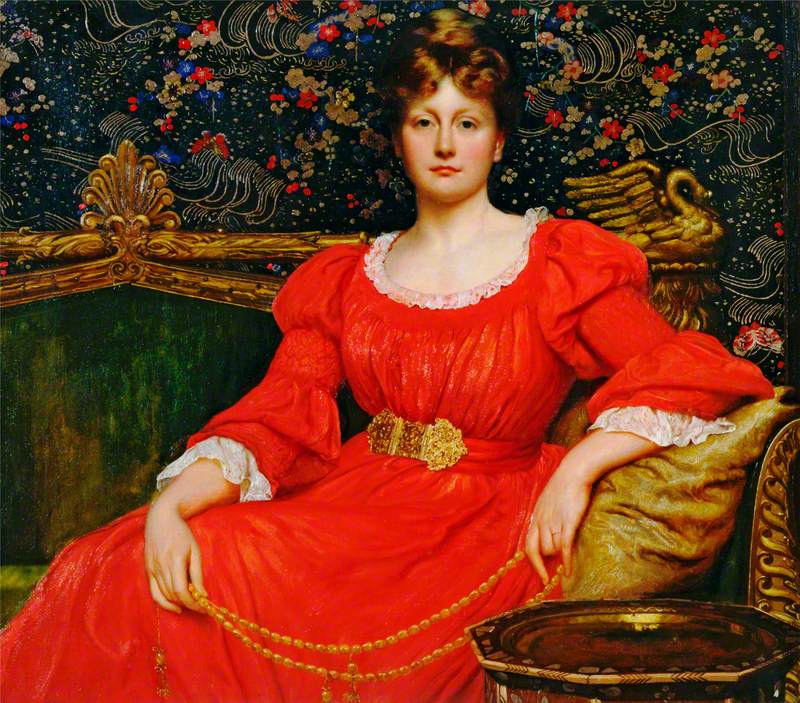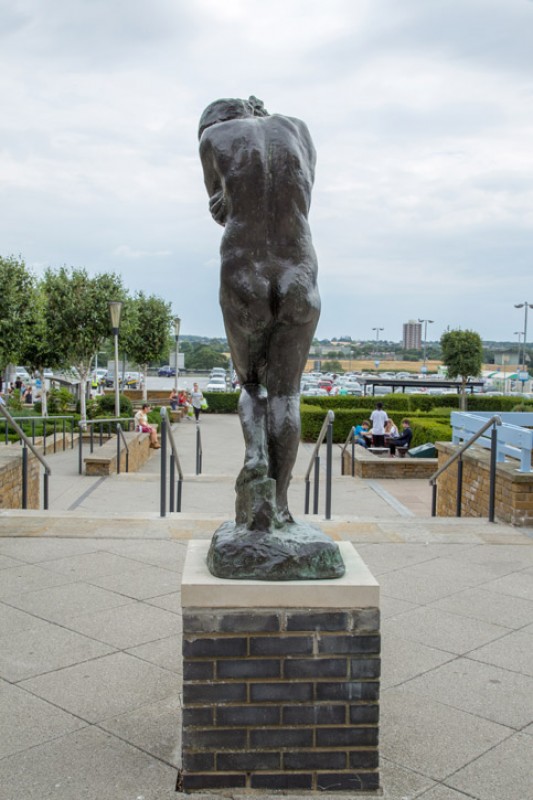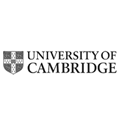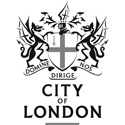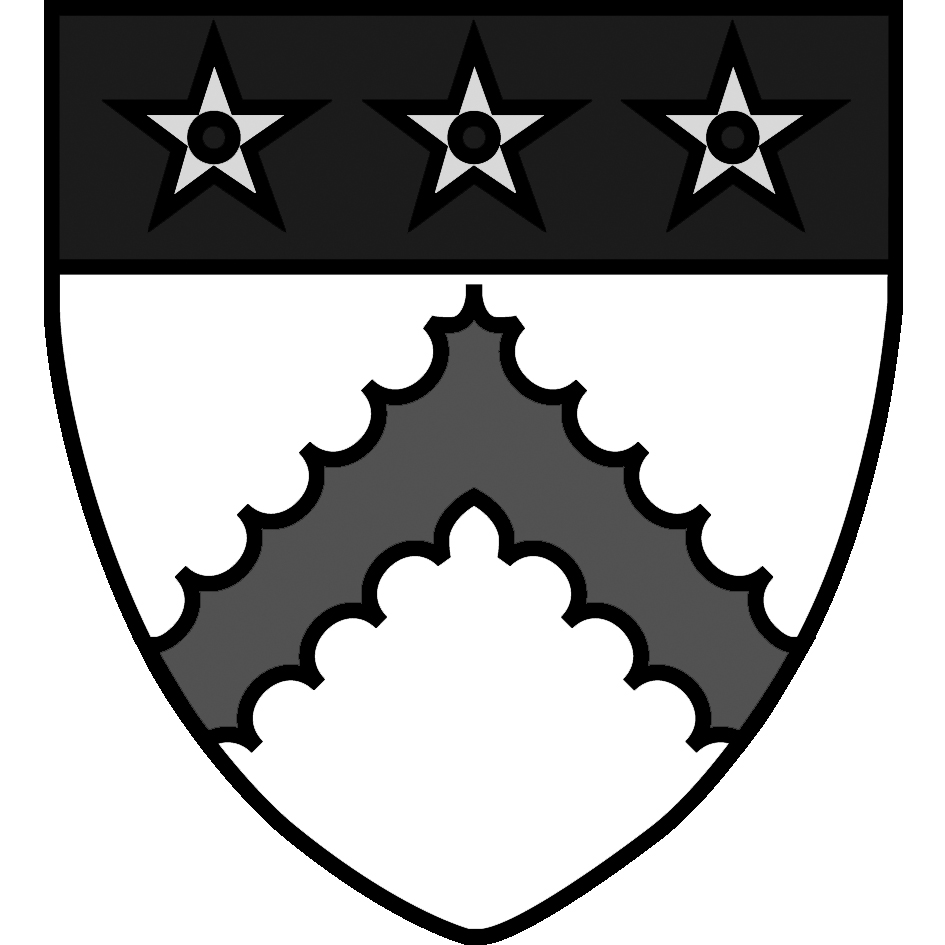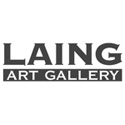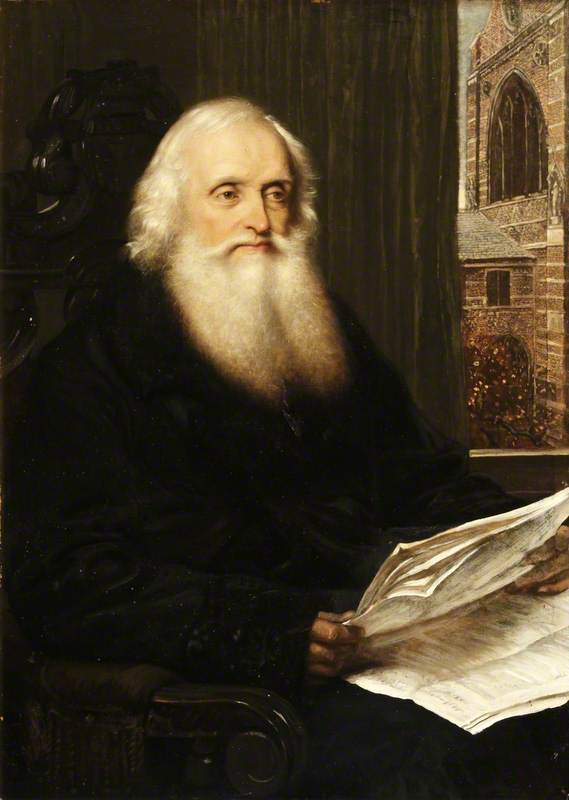
William Gibbs of Tyntesfield, Somerset, Donor of the Chapel
William Blake Richmond (1842–1921)
Keble College, University of Oxford
William Blake Richmond [also known as Sir William Blake Richmond] was born at 10 York Street, London, England on 29 November 1842 and was the son of the painter George Richmond (1809–1896), a friend of William Blake. Because of poor health he was taught at home and received lessons in art from John Ruskin (1819-1900). From 1858 to 1861 he attended the Royal Academy Schools in London, where he won two silver medals. In 1866 he travelled to Rome and spent three years studying the Old Masters. Richmond's early work was heavily influenced by Pre-Raphaelitism, however, by the 1870s, possibly as a result of his time in Rome, his paintings had shifted to classicism. and later to aestheticism. Richmond first exhibited at the Royal Academy in London in 1861 and continued to do so frequently until 1916.
He was elected an Associate of the Royal Academy (ARA) in 1888; a Royal Academician (RA) in 1895; and an Honorary member of the Royal Society of British Artists (HRBA) in 1898. He was also elected a member of the Art Workers Guild in 1884 and was Master of the AWG in 1891. He was President of the Royal Miniature Society (PRMS) from 1899 to 1907, and President of the Royal Society of British Artists (PRBA) in 1899-1900.
His sculpture commissions include ‘An Athlete’ located in St. Peter’s Square Hammersmith, west London and a memorial to his friend William Gladstone in Hawarden Church, Flintshire. He also designed two major sets of stained glass windows, at Holy Trinity, Sloane Street, London and St. Mary's Church, Stretton, Derbyshire, and executed mosaic tesserae for the dome of St. Paul's Cathedral.
Richmond's success as an artist was largely due to his portraiture. Among his sitters were Prime Minister William Ewart Gladstone, Charles Darwin, William Holman Hunt (whom he painted twice), Robert Louis Stevenson, Robert Browning, Prince von Bismarck, and William Morris.
In 1878, William Richmond succeeded Ruskin as Slade Professor of Fine Art at Oxford University, a post he held until 1883
Richmond was knighted for his services to art in 1897. Towards the end of his life he began to compose music.
He died at his home, Beavor Lodge in Hammersmith, London on 11 February 1921.
Text source: Arts + Architecture Profiles from Art History Research net (AHRnet) https://www.arthistoryresearch.net/
